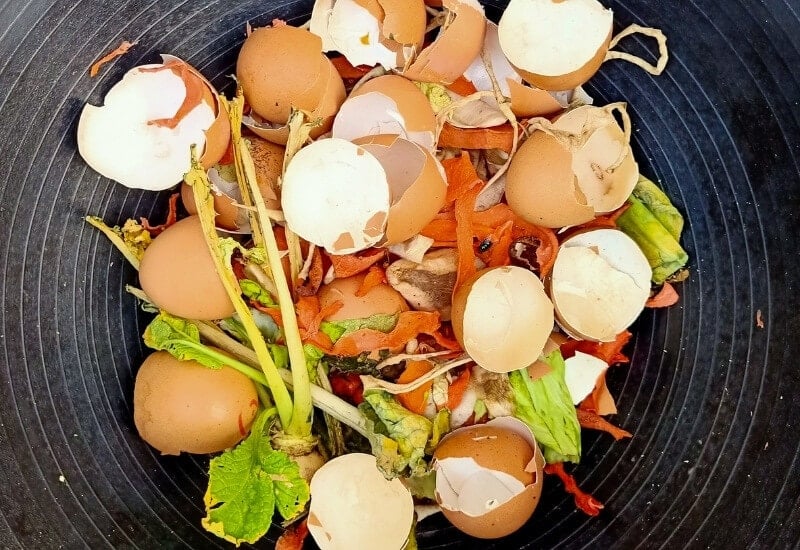
Making your own houseplant fertilizer might sound like an intimidating science experiment, but its actually a super easy way to save money using things you would already have around the home.
On top of being cost effective, it’s also an environmentally friendly and more natural way to provide important nutrients to your houseplants.
Fertilizing your houseplants can be as easy as using some common kitchen waste that would just be thrown away otherwise.
Here are some simple homemade fertilizer options to give your houseplants a good nutrient boost naturally without eating a hole in your wallet:
By using homemade plant food instead of store-bought chemical fertilizers, you are choosing to feed your plants in a safer, more cost effective, and environmentally friendly way.
So, let’s discover how you can best use these common household items which have the properties and nutrients your indoor plants need to thrive so you can create your own DIY all-natural plant food.
Organic Fertilizer Versus Synthetic Fertilizer For Houseplants
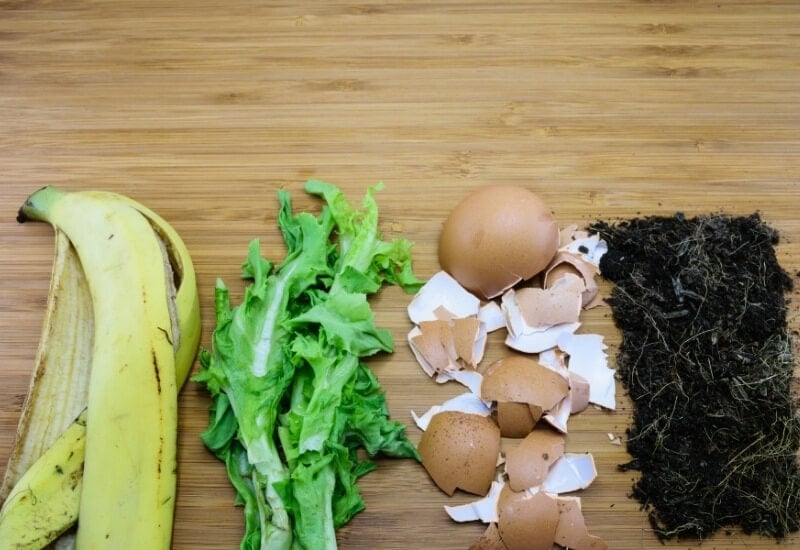
The difference between natural homemade fertilizers and the store-bought chemical ones, is that the natural ones are usually in an organic form.
When buying a chemical fertilizer from the store, it usually comes in the form of a highly refined mineral concentrate. But with natural homemade fertilizers, the specific desired nutrients are often locked away inside the organic matter.
In order for the roots of a plant to absorb nutrients from the soil, they must be broken down into their mineral components by the soil microorganisms.
This means that feeding your houseplants with homemade fertilizer will deliver the nutrients more slowly. The idea is that natural homemade fertilizers feed the soil microorganisms, rather than directly feeding the plant roots.
Understanding the N-P-K Ratio
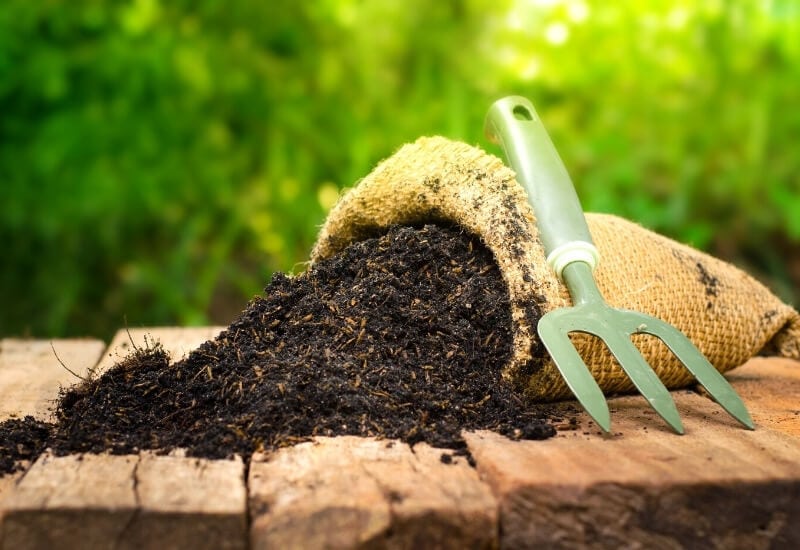
The most important part in understanding how to fertilize your houseplants is learning what the N-P-K ratio means, and what its doing them.
N-P-K are the elemental names for the nutrients nitrogen, phosphorous, and potassium, respectively. While there are many different important micronutrients which are involved in healthy plant growth, nitrogen, phosphorous, and potassium are considered the “big 3”.
Top 10 Household Items To Fertilize Houseplants Naturally
Understanding each of these nutrients, where to get them, and what they will help with, is extremely important in making your own fertilizer.
Here are some ways you can provide your houseplants with these essential nutrients, among others, using all-natural things found around your home:
1. Crushed Eggshells
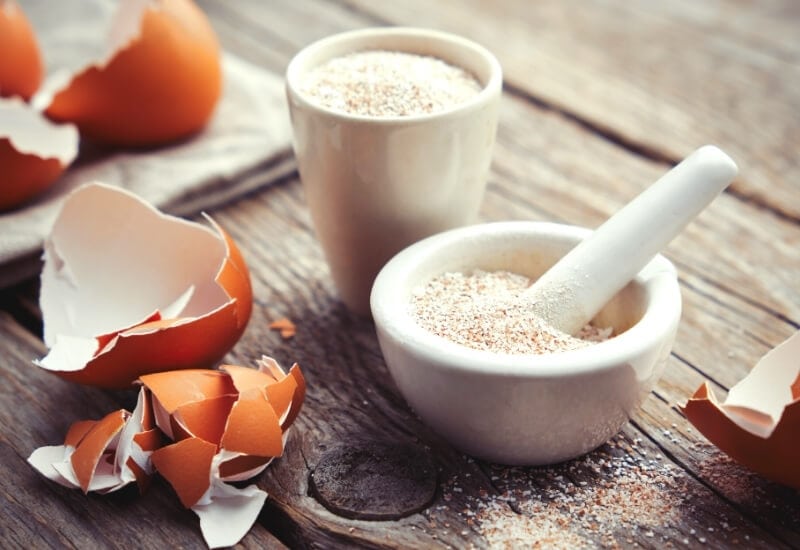
Calcium is an extremely important nutrient in your plants ability to manufacture new cells, and therefore for the overall growth of the plant.
Eggshells happen to contain a high concentration of calcium. They also contain trace amounts of elements like nitrogen, zinc, and phosphoric acid.
Using eggshells as fertilizer is very simple as indoor plant food. Make sure to rinse your shells before use or storage to reduce the probability of mold occurring.
The easiest way is to save your eggshells as houseplant fertilizer in the freezer until you have about a whole cartons worth.
Once you have enough shells you can simply and crush them with a rolling pin inside their freezer bag, or use a coffee grinder to make shell powder.
You can either mix some eggshells right into the soil as you pot your plant, or incorporate them into the soil surface of an existing plant.
Always remember to avoid working the soil too deep with an existing plant, making sure not to harm the roots.
2. Banana Peels
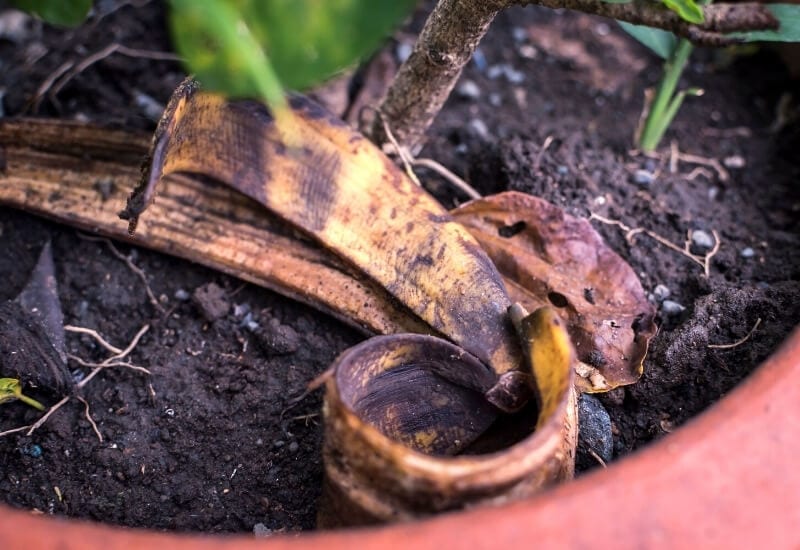
Aside from being a tasty snack for healthy humans, bananas can also provide a very helpful nutrient boost for your houseplants. Bananas provide a healthy does of potassium to the soil, which is especially helpful when growing roses.
There are a few ways you can use bananas to amend the soil. The first method is to create a sort of banana peel “tea”. Saving old banana peels in a jar of water for a few days will infuse nutrients from the peels into the water. This infused water can then be used to water your plants.
A similar method to the one mentioned above is to puree the banana peels in water and use it immediately.
You can also cut banana peels into pieces to incorporate them into the soil surface, however this is more often used outdoors.
3. Used Coffee Grounds In Houseplants
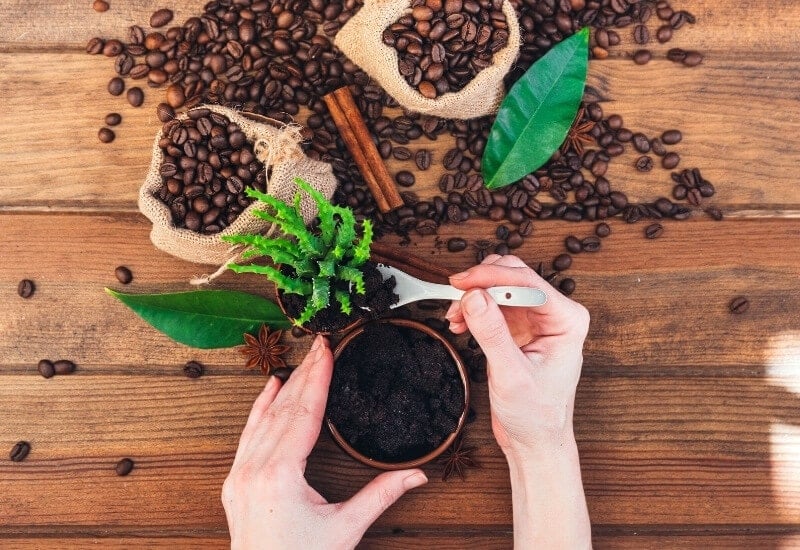
Used coffee grounds provide an excellent boost of nitrogen, which helps your indoor plant in growing strong foliage.
It is especially helpful for plants that are acidic like fruit bearing trees, begonias, African violates, and roses.
The first method for using coffee grounds as fertilizer is to use them as a top dressing.
It is recommended to allow your coffee grounds to dry before spreading them in a thin layer on top of the soil. This will help prevent mold growth.
You can also make a liquid coffee ground fertilizer by soaking the coffee grounds in a jar of water for about a week, similar to the banana peels.
This will provide you with a nitrogen-infused water to feed your plants with.
4. Green Tea
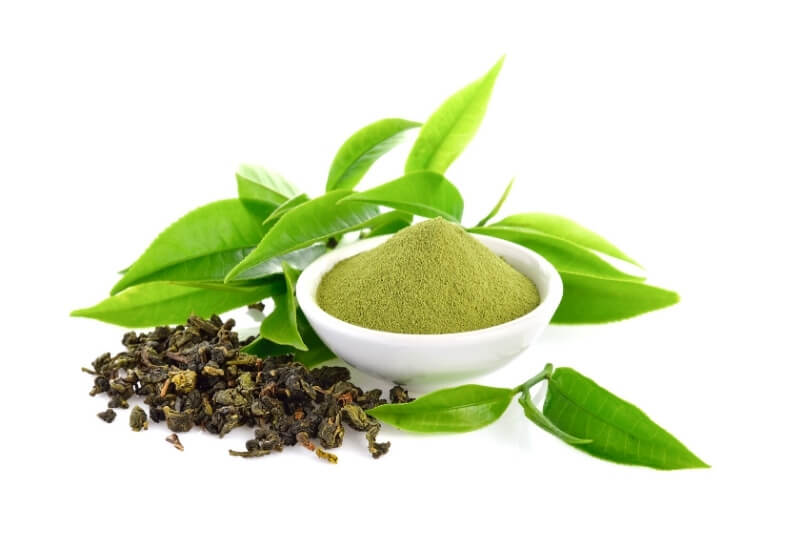
Green tea bags or used green tea leaves are another great option for fertilizing acid loving plants like the ones mentioned above.
Green tea leaves contain tannic acid which helps to lower the pH of the soil. They also contain high nutrient concentrations while improving oxygenation of the soil, which allows the roots to thrive.
A brew of one green tea bag per two gallons of water can be fed to your plants about every 4 weeks to help them grow strong and healthy.
Be sure to allow the water to cool first before giving to your plants. Used green tea leaves can also be composted or worked directly into the soil surface.
5. Molasses
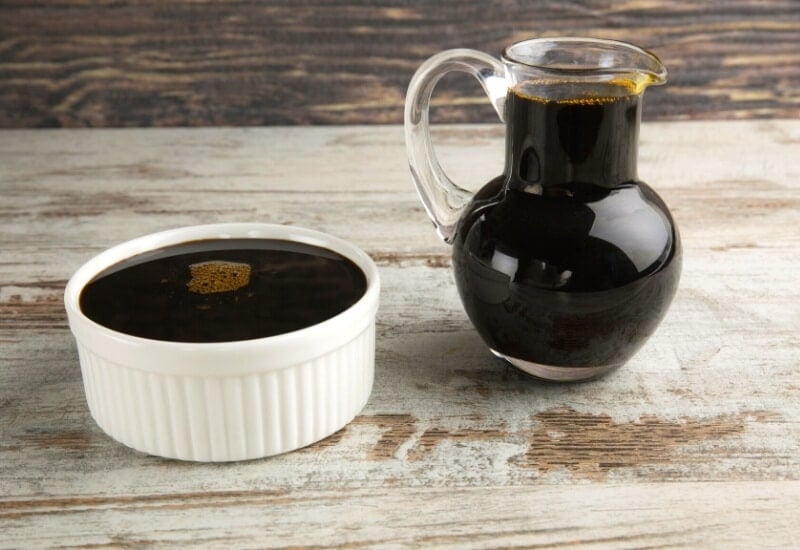
Blackstrap molasses is a tried and true miracle worker for feeding plants with homemade fertilizer, which has been grandfathered in to the commercial organic fertilizer industry.
Everyone knows those brand name organic fertilizers aren’t cheap, but molasses is. So why not make your own fertilizer at home?
Molasses provides plants with a rich source of carbon, potassium, calcium, manganese, potash, copper, magnesium, iron and other important minerals. As an added bonus, molasses also provides a food source for the beneficial microorganisms living in the soil.
Most commonly found in nutrient rich compost teas, molasses provides a sugary boost to the microorganisms brewing within the tea. This helps to promote rapid growth and a diverse ecosystem to feed your soil with.
Alternatively, molasses can be mixed with other natural fertilizers such as Epsom salts and alfalfa meal to create an effective soil amendment.
Simply mix one cup of each Epsom salt and alfalfa meal into four gallons of water with 1tbs of molasses, then use this mixture to water your plants.
6. Epsom Salts
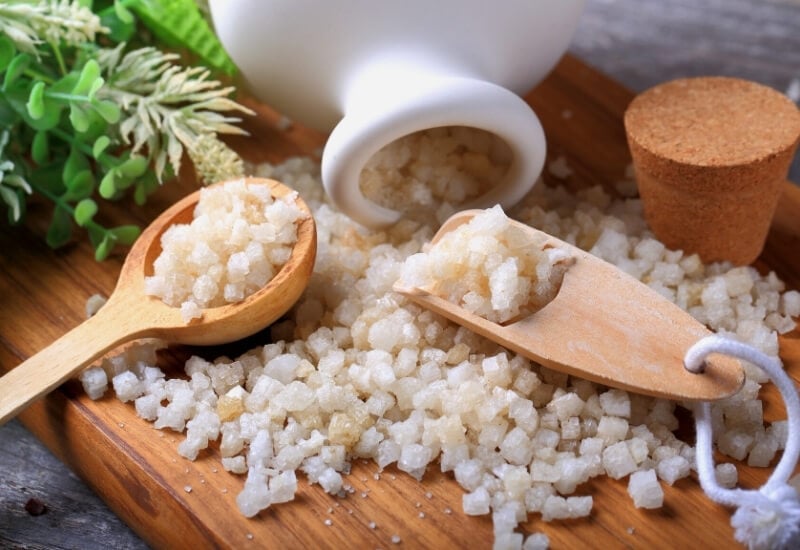
Epsom salts can be used as a specific fertilizer for plants who might be deficient in Magnesium or Sulfur. It is important not to use Epsom salts in excess.
If you are adding any other composts or natural fertilizers, it’s unlikely that magnesium or sulfur will be deficient and therefore Epsom salts might not be needed.
Magnesium is one of the essential building blocks for the chlorophyll molecule. This means that magnesium is where the healthy bright green color of a plant comes from.
When lacking in magnesium, the green will fade and yellowing will occur around the edges and in between the veins of the leaves. This will usually appear first in the oldest leaves near the bottom of the plant.
Once diagnosed with a magnesium deficiency, Epsom salts can be an effective tool for rebuilding the chlorophyll and returning the healthy green color of your plant leaves.
Some plants which are more likely to be at risk of a magnesium deficiency include some herbs, roses, peppers, or tomatoes.
7. Wood Ash
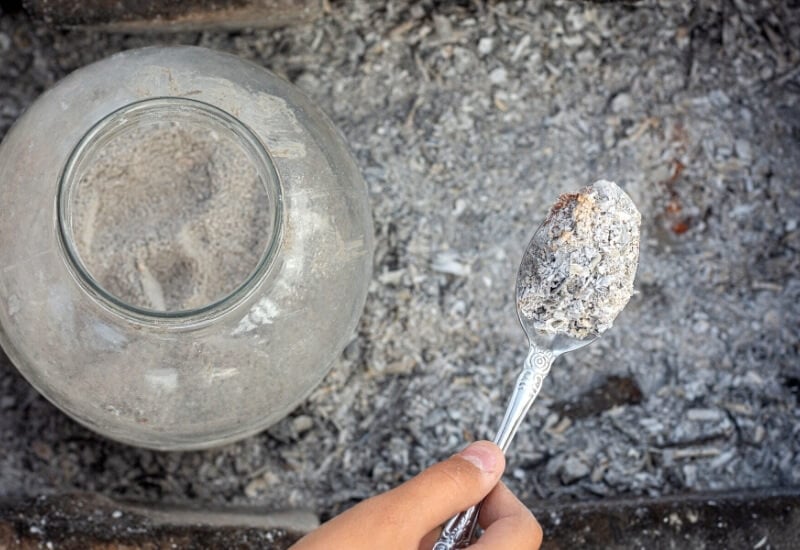
Adding ashes from burnt wood to your potting soil is an easy and safe way to raise its pH, meaning to increase the alkalinity.
Wood ashes also provide a healthy dose of potassium, calcium and phosphorous which are beneficial for many types of plants.
Just like epsom salts, adding wood ash to your soil is not a one-size fits all solution.
It should only be used in circumstances where it is required, or it could be harmful to the plants if the alkalinity is already high enough.
To find out if wood ash would be a good addition to your potting soil, you should perform a soil pH test to ensure the soil is below a pH of 6.5. With anything above a 6.5, wood ash could be harmful to the plants.
If you would like to raise the alkalinity of your soil, you can simply sprinkle the ashes on to the surface of the soil as a top dressing, and gently work it in to incorporate.
Be sure not to go too deep, to avoid disturbing the roots. Water in immediately after.
8. Gelatin Powder
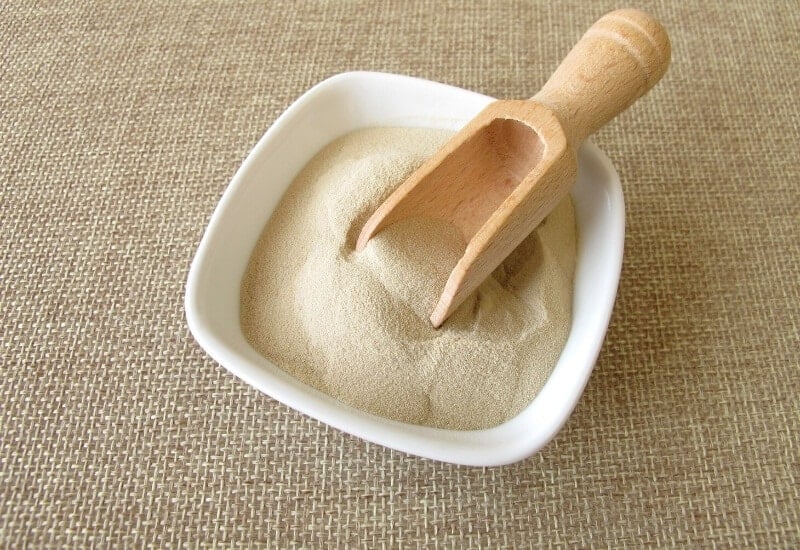
Nitrogen is absolutely essential in healthy plant growth. Gelatin powder is an easy source of a small nitrogen boost, which will help your plant grow strong and healthy foliage.
This is especially helpful for plants like elephant ears or Monstera plants who are known for their large attractive leaves.
The recommended dose of gelatin is to dissolve one 7g packet of gelatin into 1 quart of water.
This is usually done by dissolving the powder in 1 cup of hot water first, followed by three cups of cold. Pour this solution directly on the soil about once per month.
9. Used Cooking Water
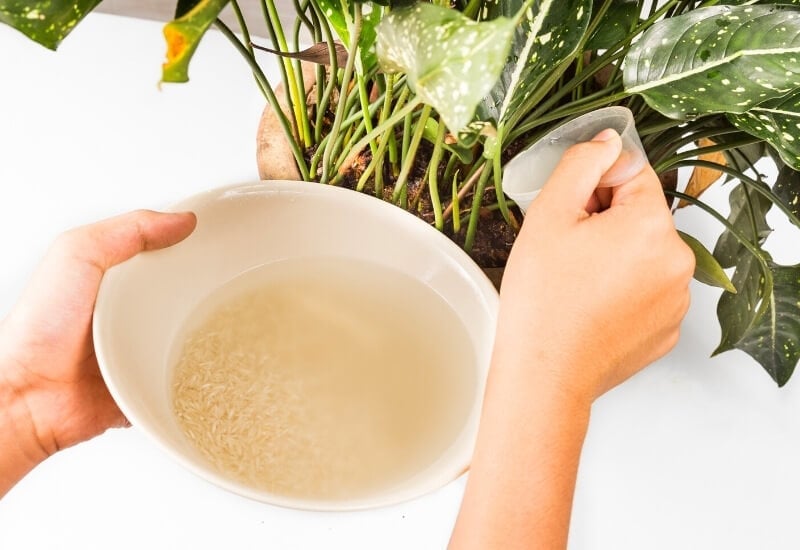
When foods like pasta, vegetables, or eggs are boiled, many of the essential micronutrients which plants require are released into the water. This includes nutrients like phosphorous, nitrogen, and calcium.
Using cooking water to water your plants has a variety of benefits. Not only is it a free source of nutrients which would other-wise just be poured down the drain, but it will also help to promote nutrient storage in the soil and the soils ability to retain water.
This is helpful to plants like ferns or umbrella plants who prefer moist conditions.
10. Corn Gluten Meal
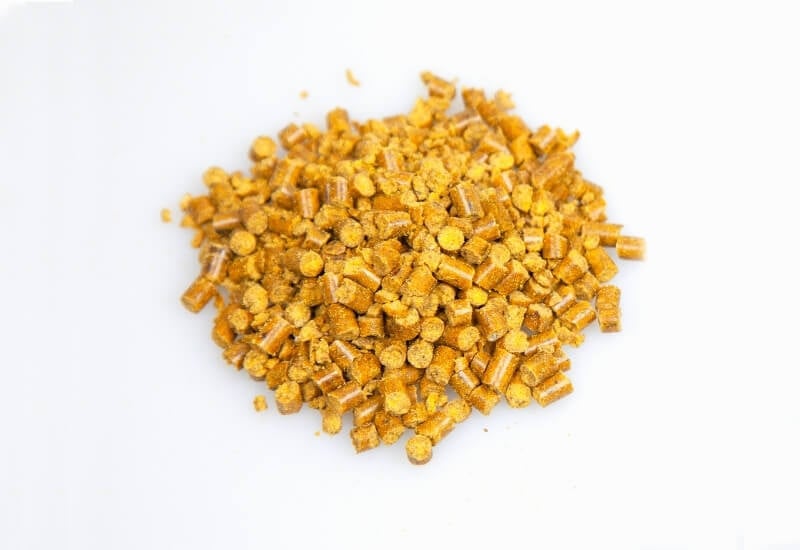
Corn gluten meal is the byproduct which is created by the wet-milling processing of corn. It contains 10% nitrogen and is most commonly used as an organic pre-emergent herbicide.
This means that corn gluten meal is harmful to the seed germination process, but it will not have a negative effect on plants which are already established.
In fact, the gentle nitrogen boost provided will be beneficial, especially in plants with lots of foliage.
Apply a thin layer of corn gluten meal to the surface of the soil as a top-dressing and gently scratch in to incorporate.
As always, be careful not to disturb the roots. This can be started about two weeks after germination, once the seedlings are nice and strong. However, corn gluten meal should still be used in moderation.
The Benefits of Using Homemade Fertilizers for Houseplants
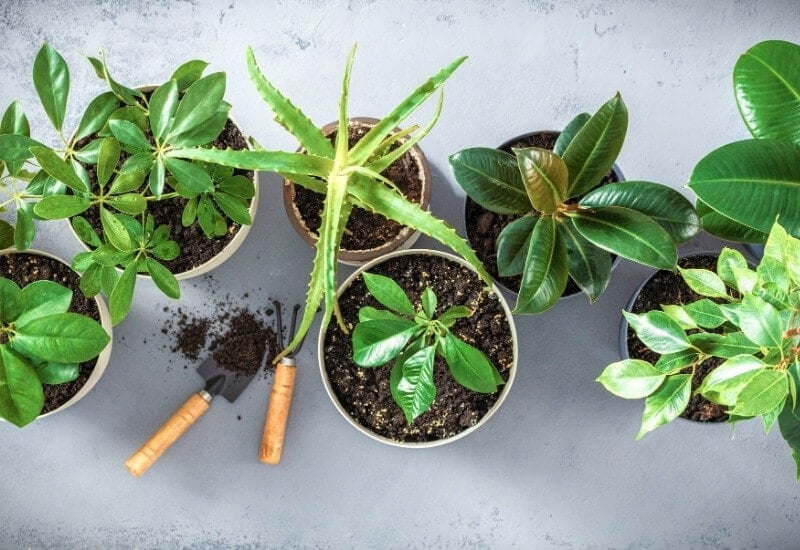
There are so many benefits to be had from making your own natural houseplant fertilizer at home:
Making your own homemade fertilizer may have sounded intimidating at first, but you can see that it can be just as easy as saving some kitchen scraps in a jar of water.
With this information, you are now prepared to go fourth and confidently make your own fertilizer at home. Your plants will thank you for it!

Written By
Amber Noyes
Amber Noyes was born and raised in a suburban California town, San Mateo. She holds a master’s degree in horticulture from the University of California as well as a BS in Biology from the University of San Francisco. With experience working on an organic farm, water conservation research, farmers’ markets, and plant nursery, she understands what makes plants thrive and how we can better understand the connection between microclimate and plant health. When she’s not on the land, Amber loves informing people of new ideas/things related to gardening, especially organic gardening, houseplants, and growing plants in a small space.

Up up up, well-mannered
This was so very helpful. Thank you thank you.
Will using some of these food products, like the molasses, make the soil more inviting to bugs, such as ants?
Actually they do the opposite. Molasses is very effective against sucking insects like Lace Bugs, Aphids and White Flies. Why? Sticks their little wings together? Maybe but we think it’s because the Molasses raises the plant sap sugar content (Brix level) which pest insects dislike.
Outstanding for controlling soil pest insects like Fungal Gnats and Thrips, etc by causing a flash of bacterium to grow which then attacks the pest insects when they cycle in the soil.
This article would be much more helpful if an actual recipe was included. Such as how many egg shells are needed – 1 shell or 2 dozen shells.
1 banana peel or 10 lbs. Blend them together or apply separately.
Do I expect to have a full house of food flies when this organic fertleizer??